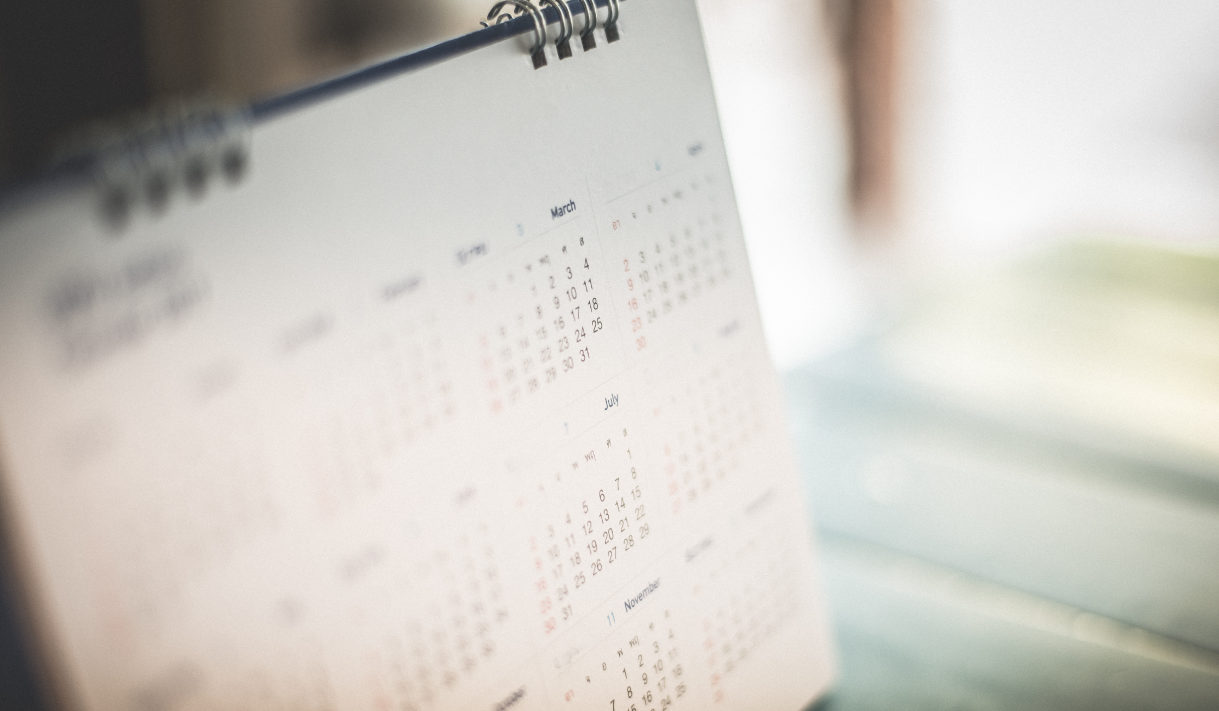If you want to learn how to play the piano, would you enroll in weekly one-hour lessons or a weekend intensive? Weekly lessons, right?
Dr. Scott Walters agrees, and provides the reasons why this approach has a similar effect when applied to alcohol interventions. You can listen to the full presentation here, but for those of you looking for the Cliffs Notes version, just scroll down.
In 2002, the Mesa Grande study suggested that brief and motivational alcohol interventions worked better than longer, more widely-used treatments. You might think a program that’s twice as long would get twice the result, but that’s not the case.
Basically: sheer length is not a good predictor of outcome.
Instead, beginning with a brief intervention and following it up with a series of short check-ins seems to be the most successful way to go about it. Why? Because the intervention becomes a part of everyday life, not just a one-time thing.
Dr. Walters also points out that technology can play a helpful role in this follow-up process. What does this look like in practice?
Let’s say that a student wanted to drink less. During their initial intervention, they could make a list of the times when they were most tempted to drink too much (Friday nights, for example). Then, each Friday morning for a month, they would receive a text with a tip. “Alternate one alcoholic drink with one glass of water” or “Skip the pre-gaming tonight,” for example.
This approach was twice as likely to help smokers stay cigarette-free after six months than those who did not receive follow-up texts, so applying it to the world of alcohol interventions certainly seems to be the next logical step.




